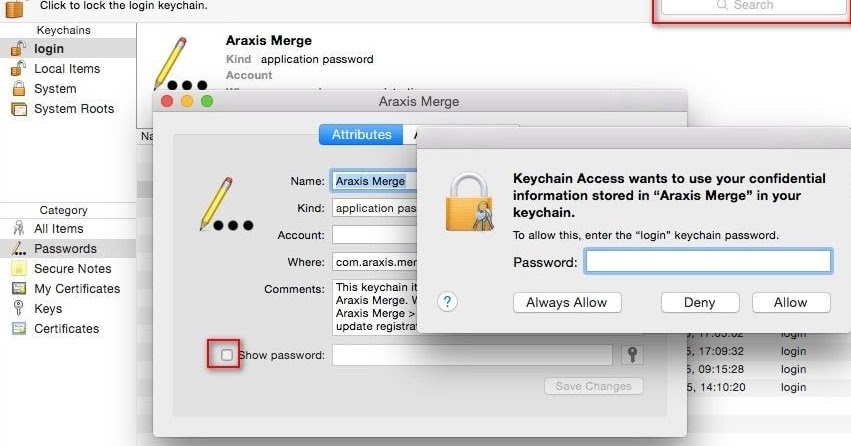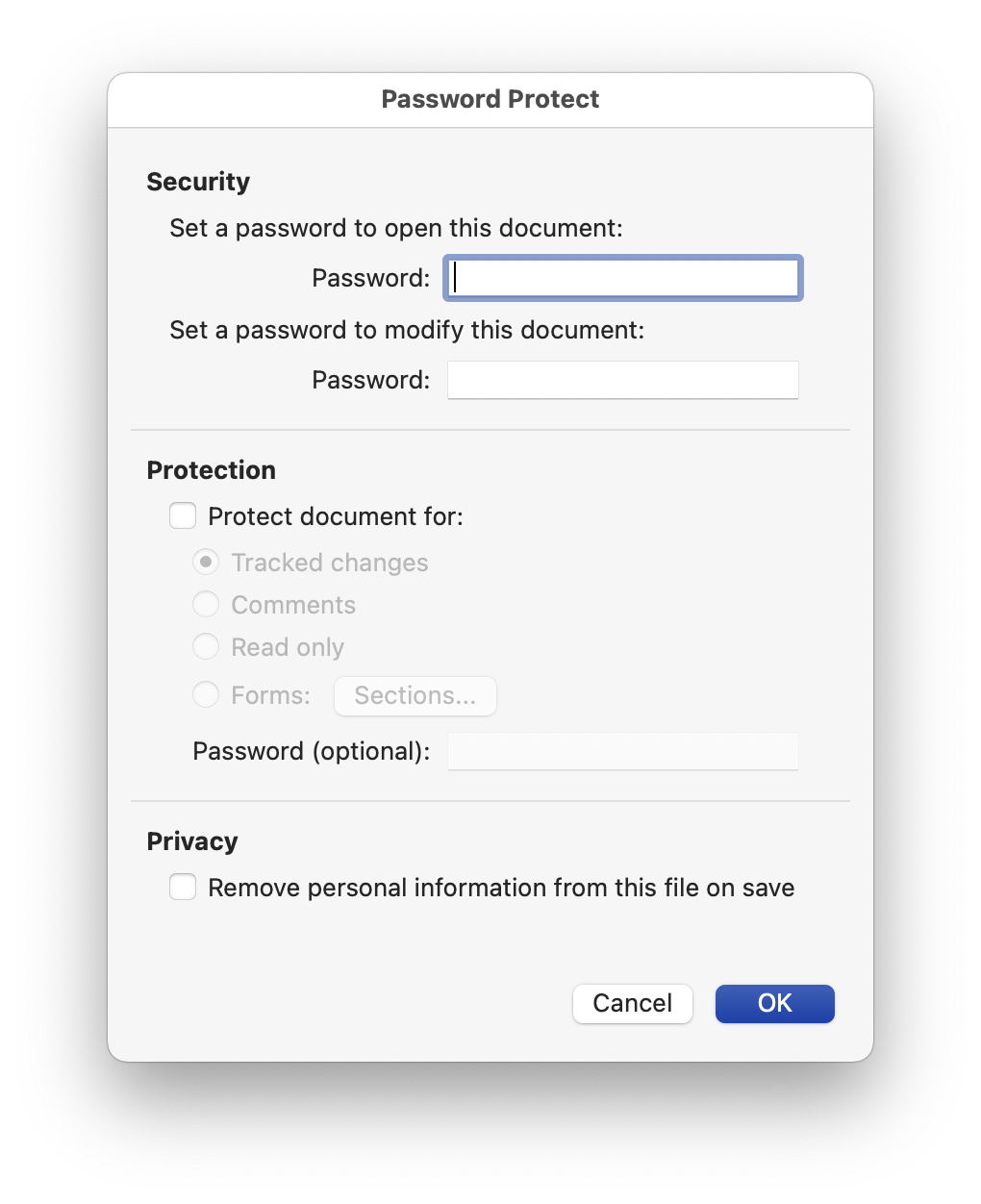

- #Encrpty your passwords in excel for mac mac os x#
- #Encrpty your passwords in excel for mac install#
Gruff users: if you were directed to this page, that means you must install OpenSSL to use a certain features of Gruff. However, when I type openssl version -a i.

See the ::OpenSSL documentation for PKCS12_create(). Any optional arguments may be supplied as nil to preserve the ::OpenSSL defaults. keytype - An integer representing an MSIE specific extension.

The application data encrypted by ChaCha20-Poly1305 is composed of two parts: ciphertext encrypted by the ChaCha20 cipher, and message authentication code (MAC). It was introduced as a new feature in OpenSSL 1.1.x, and is supported by TLS ver1.2. The ChaCha20-Poly1305 cipher suite is a new form of encryption which can improve mobile performance.$ openssl req -new -newkey rsa:2048 -nodes -keyout -out where: req enables the part of OpenSSL that handles certificate requests signing.-newkey rsa:2048 creates a 2048-bit RSA key.-nodes means “don’t encrypt the key”.-keyout specifies the filename to write on the created private key.It's really quite simple with the packages in Telesphoreo, so I've written up this guide. Connecting to the iPhone remotely lets you use the full power of your device.The data returned to you will be the same whether you use the openssl command or the md5 command, it’s really just a matter of preference. Alternatively you can use the openssl command to check MD5 checksums on your Mac, like so: openssl md5 big_huge_file.iso. Checking MD5 Hash with openssl from the command line.Your Home folder is the most important folder to you as a user - or at least the one where you stash most of your files.
#Encrpty your passwords in excel for mac mac os x#
When the user logs on to this Mac, his Home folder appears whenever he clicks the Mac OS X Lion Home icon in the Sidebar, chooses Go→Home, or uses the keyboard shortcut Shift+Command+H.include While I know that Mac provides its own encryption libraries (and plan to support them at some point), most people interested in CRSCE will want to use it on a Linux or.


 0 kommentar(er)
0 kommentar(er)
